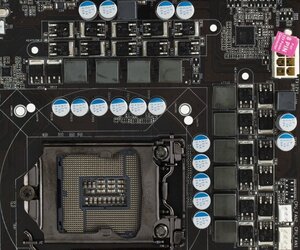- Joined
- Feb 1, 2011
- Thread Starter
- #21
ok, I finally decided
http://www.newegg.com/Product/Product.aspx?Item=N82E16813128507
BUT; it says only x16 and x8 pcie2.0x16 slots. If i put in 2 gfx cards, will they both run @ x8? It doesn't say under its 'details' like other mobos
http://www.newegg.com/Product/Product.aspx?Item=N82E16813128507
BUT; it says only x16 and x8 pcie2.0x16 slots. If i put in 2 gfx cards, will they both run @ x8? It doesn't say under its 'details' like other mobos






